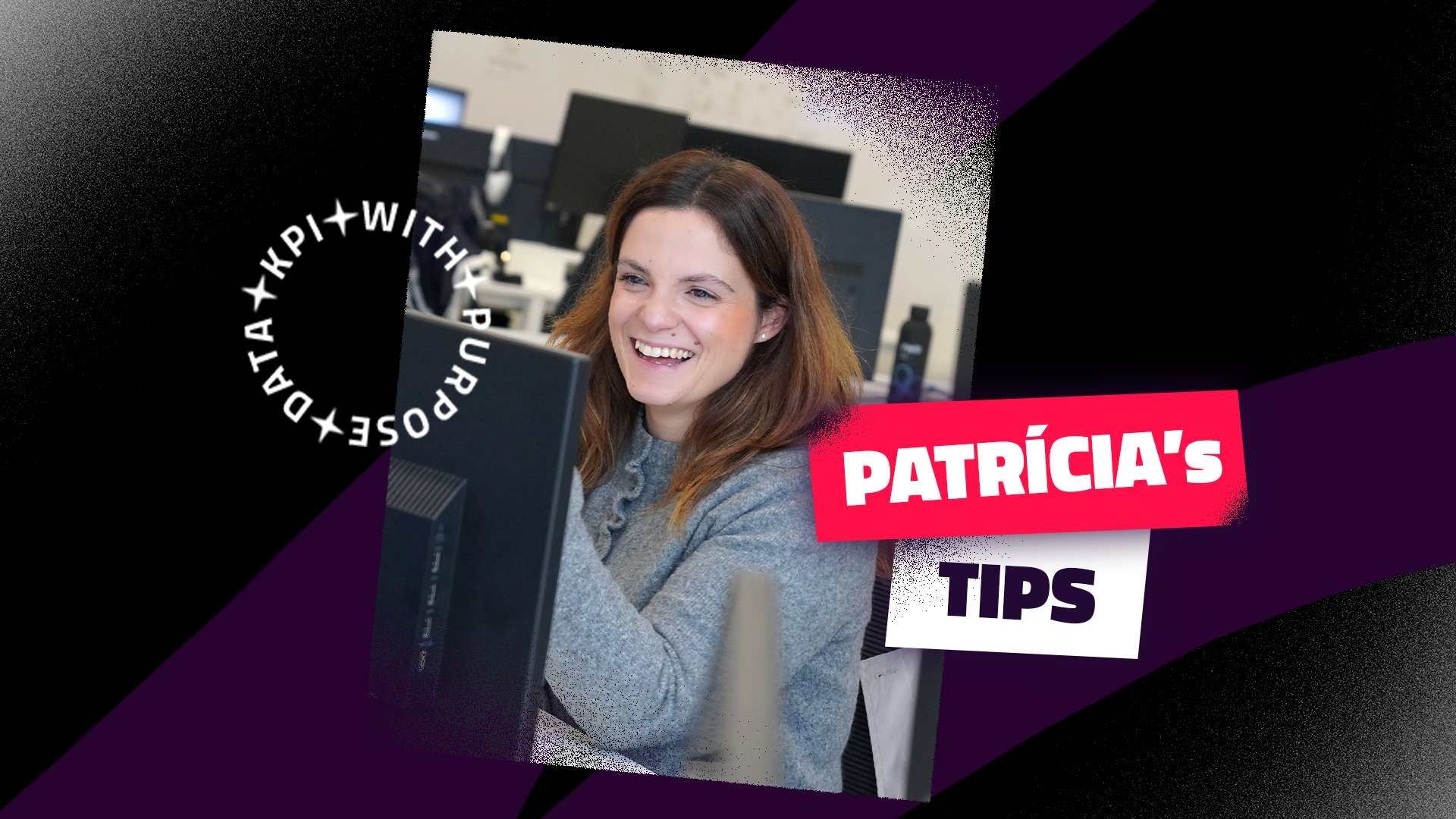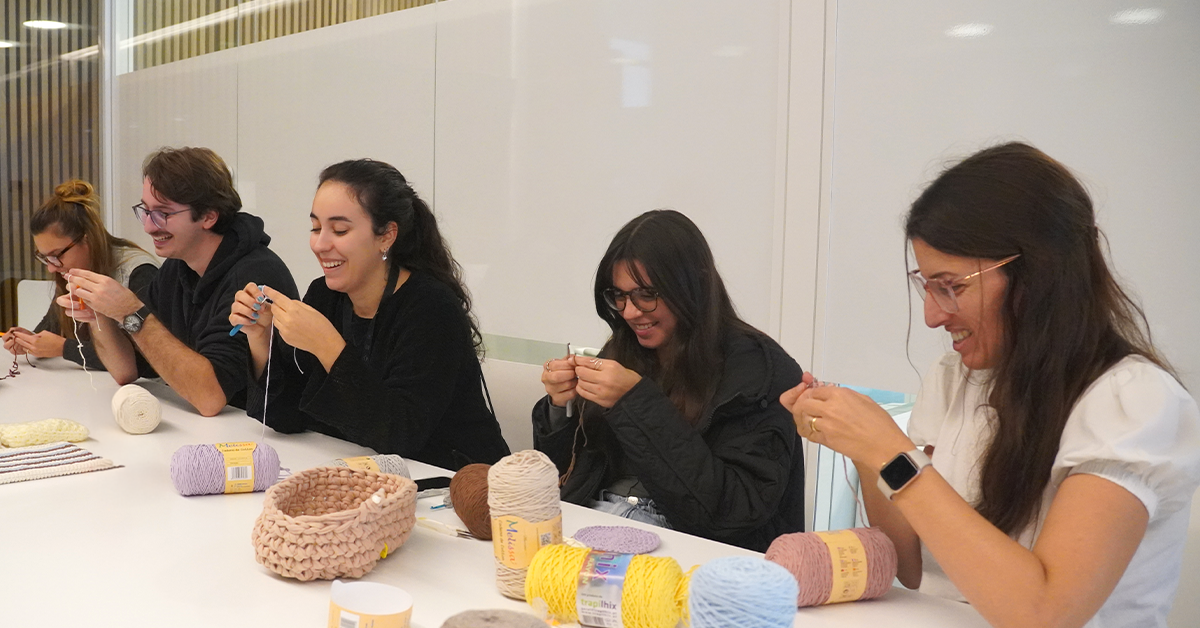With how many hands should you play Blackjack?
Customized games and solutions are valued by operators and players in the iGaming industry as they never were. Following the purpose of providing a more adaptable and satisfactory gaming experience, technology has a fundamental role, and today I want to highlight one of its biggest “weapons”: Machine Learning.
The information era started in 1970, and it came to last. It’s impossible to imagine a world without technology nowadays to make our routine more productive and interesting. At this moment, we are all stuck on the benefits and challenges of technological evolution, regardless of the profession. It’s on this progress that we find the concept of Machine Learning.
Mentioned for the first time in the decade of 1950, Machine Learning is defined by Arthur Samuel as the area of study that gives computers the ability to learn without being explicitly programmed. The idea is to replicate the learning process of human beings, following a gradual process and optimizing precision. Using a sample of data and algorithms created for this specific purpose, we can build a data model where we can determine predictions and decisions.
But how can we apply this to the reality that we live, for example, at Fabamaq? How can we use this in product and solution development for online casinos? The cycle for using a machine learning tool includes the following stages: a simple and specific starting question, data collection, algorithm training with this data, feedback collection from the algorithm and use of results obtained. It’s important to enhance that these outputs will often suggest new questions, restarting the whole cycle.
Asking directly how machine learning can help the iGaming industry provide better gaming experiences to players won’t have the desired result since this is not a specific question. However, we can choose a concrete game and find a characteristic inside of this product. From there, we simplify the characteristic until we get a question. Let’s start the process with a focus on the betting area and hands that a player can use to play against the bank in online blackjack.
How many hands (betting areas) a player uses in a blackjack game? With this question, we can analyse the data from all the rounds and calculate an average value. This will allow us to extract a group of pieces of information where we can verify that 68% of the players prefer to use just one betting area, 14% use two betting areas and 18% use three betting areas. Through the data analysed, we can get to the conclusion that the development time shall be applied in a game with just one betting area.
But this is still a piece of raw information since this question doesn’t allow us to leverage an algorithm. Remember that we want to extract predictions that help us with decision-making. So we are going to feed the cycle again by adding new questions. Some good examples would be: what’s the value of bets in each hand? How long takes each gaming round? Is the time of each play connected with the number of hands selected?
After repeating the cycle with additional questions, we will make a new analysis. These numbers shall then be correlated. With a combination of the results obtained from the analysis of the betting value and duration of each play and its posterior correlation, we can understand if it makes more sense to develop a new Blackjack online game at Fabamaq with one, two, three, five or more betting areas against the bank.
So, how many hands shall players select in a blackjack game? Machine Learning tells us! Through this learning and data analysis model that humans can also execute, Machine Learning tells us, quickly and less expensively, the path we shall follow to give what operators and players want. Believe me that this speed and efficiency makes all the difference in the capacity to feed a market with a constant need for updates and fresh gaming experiences as the iGaming market!
This opinion article is a result of a challenge launched by APAJO - Associação Portuguesa de Apostas e Jogos Online and it was published in "O Jogo" newspaper..



